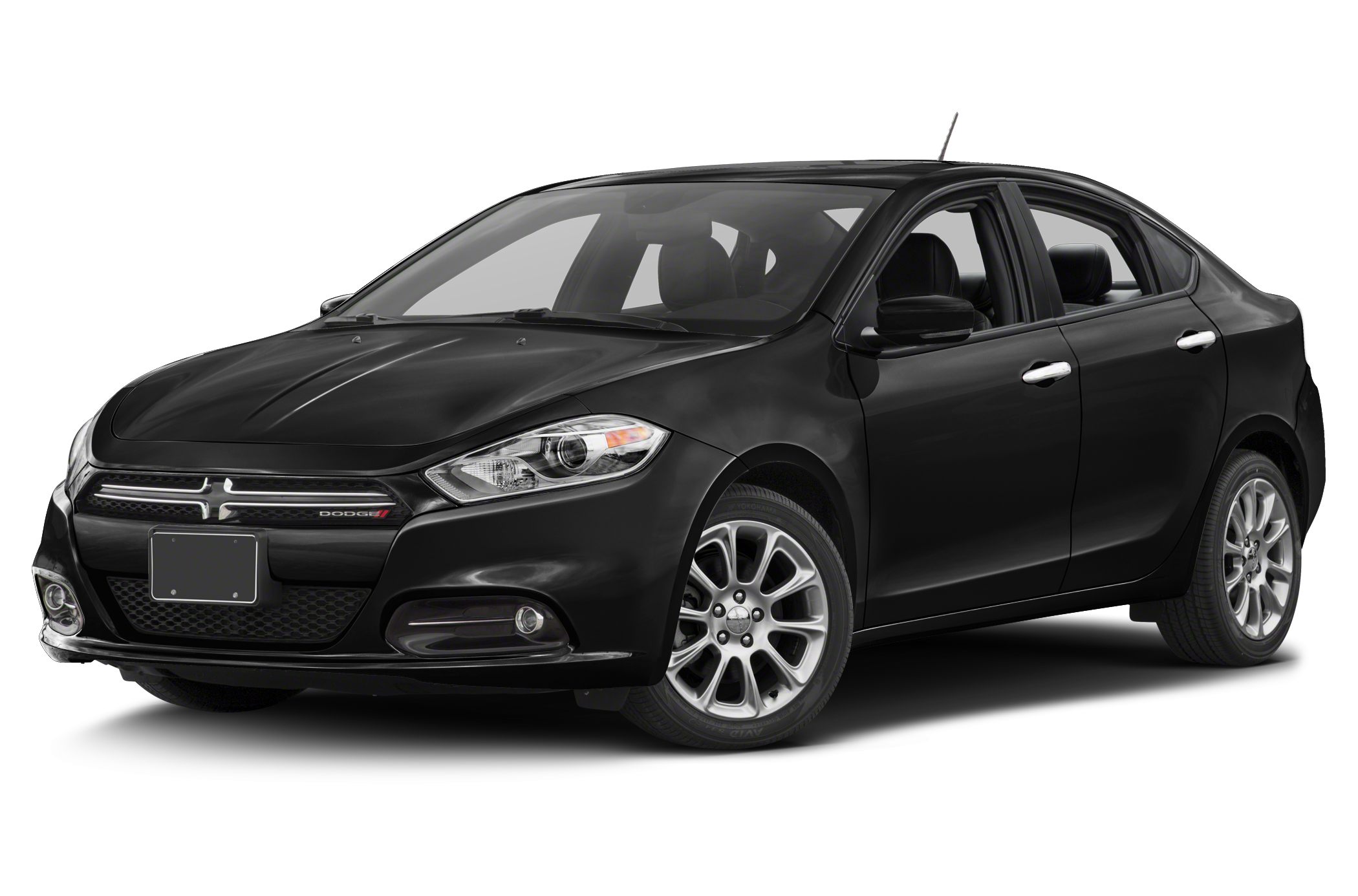

In theory, the Hemi Dart was based on the GTS hardtop, but it went through radical modifications to become an LO23. In reality, Hurst did a lot more than that because the Darts reached the company's conversion facility as partially assembled chassis. Yup, it came with a no-warranty disclaimer.īut while Dodge's regular-production Hemi cars were put together at the company's plant, the Hemi Darts had to go to Hurst Performance in Madison Heights, Michigan, for the finishing touches.

Dodge dart code#
It was assigned production code LO23, and it was built to meet Class B Super Stock racing specifications. received promotional materials containing Chrysler's intention to sell factory-built Dart dragsters equipped with the company's most powerful V8. It all happened in February 1968, when Dodge dealerships across the U.S. But before the Dart became available with the 440, Dodge made a surprising move and dropped the mighty 426-cubic-inch (7.0-liter) Hemi V8 in the compact. While it was just as powerful as its midsize counterpart, the Dodge Charger, it was almost 400 pounds (181 kg) lighter. The 440-equipped Dart was a big deal in terms of power-to-weight ratio. It also gradually added the bigger V8 engines available in the larger Charger, Coronet, and Polara.īy 1970, the Dart had arrived in dealerships not only with the 340-cubic-inch (5.2-liter) LA and the 383-cubic-inch (6.3-liter) RB but also with the mighty 440-cubic-inch (7.2-liter) V8, which was good for 375 horsepower.
Dodge dart full#
With the muscle car wars in full swing, Dodge gave the Dart a sportier appearance and a full-blown coupe version. That changed when the fourth and final generation Dart arrived in 1967. Quite decent for a mid-1960s compact, but far from what high-performance intermediates were capable of at the time. Initially rated at 180 horsepower, it was upgraded to 235 horses in 1965.


In its four years on the market, the third-gen Dart was offered with only one V8 in the form of a 273-cubic-inch (4.5-liter) unit. While the short-lived midsize version left a mark on the performance market thanks to the 413-cubic-inch (6.8-liter) Wedge V8 good for 415 horsepower, the compact that replaced it didn't have much to brag about at first. The transmission dilemma exacerbated the fact that the Dart’s engine lineup consisted mostly of mediocre power plants developed on a shoestring by DaimlerChrysler.Born as a full-size car in 1960, the Dart became a midsize vehicle in 1962 before it was downsized again to a compact in 1963. When the automatics arrived, they were a Hyundai-built six-speed and a Fiat six-speed that used dual-clutch technology Americans generally dislike.
Dodge dart manual#
For the first several months, the Dart was only available with a manual transmission - a disaster in the U.S., where automatics account for more than 90% of sales. Rather than delay the Dart, FCA hamstrung its new car with suboptimal gearboxes. Chrysler and supplier ZF were still having difficulties with the nine-speed 18 months later, when it finally went into production on the Jeep Cherokee. The gearbox would have improved the Dart’s fuel economy and performance, but it wasn’t ready. “Getting the Dart done became more important than getting it right,” Brinley says.įiat’s desire for control of Chrysler collided with delays to a nine-speed automatic transmission the company wanted to use in the Dart, Larry Vellequette reports in Automotive News.


 0 kommentar(er)
0 kommentar(er)
